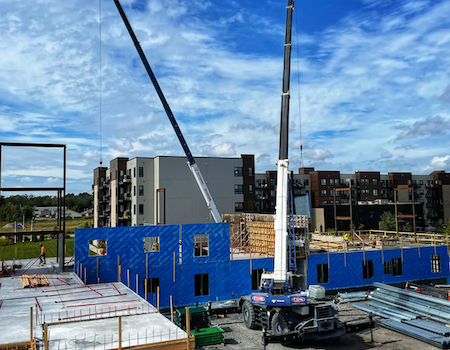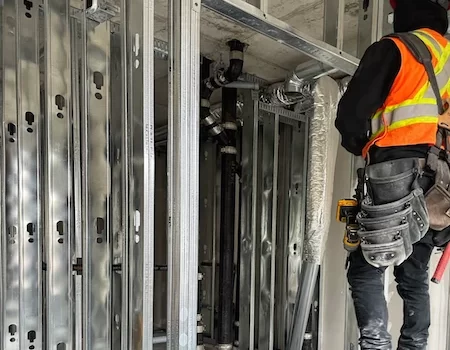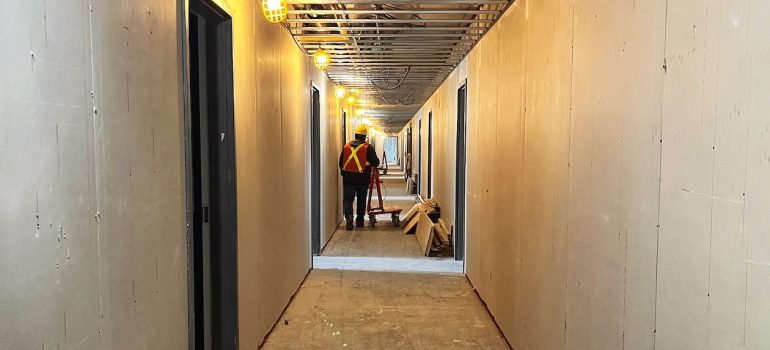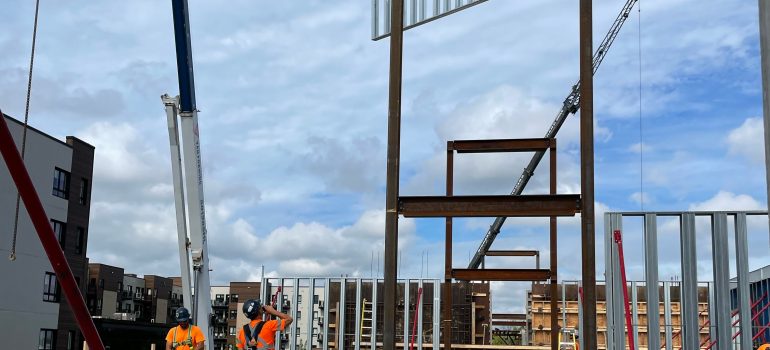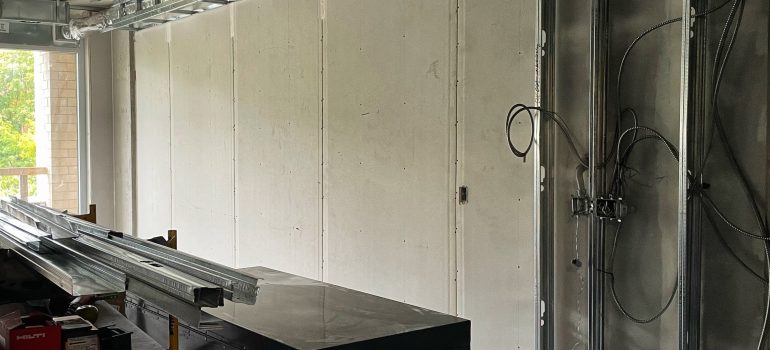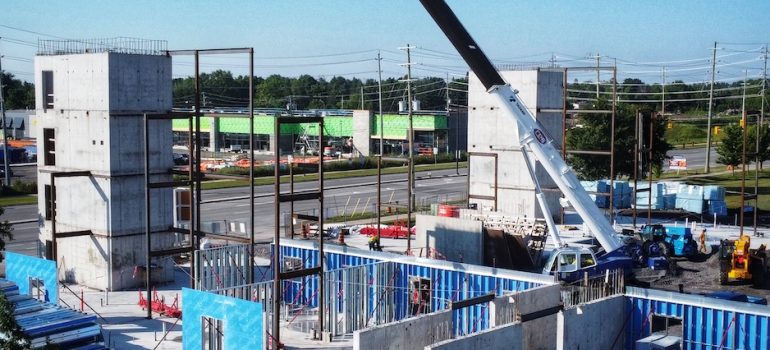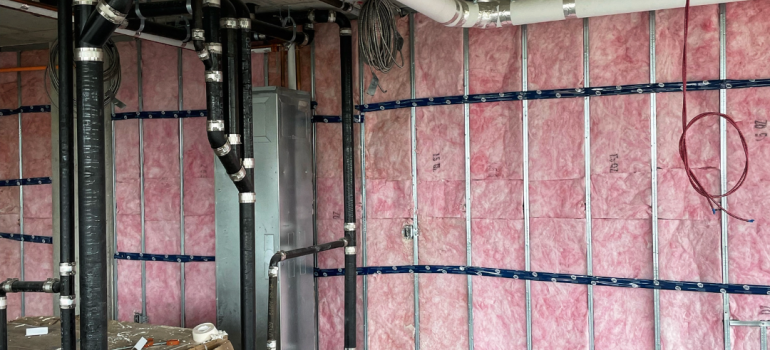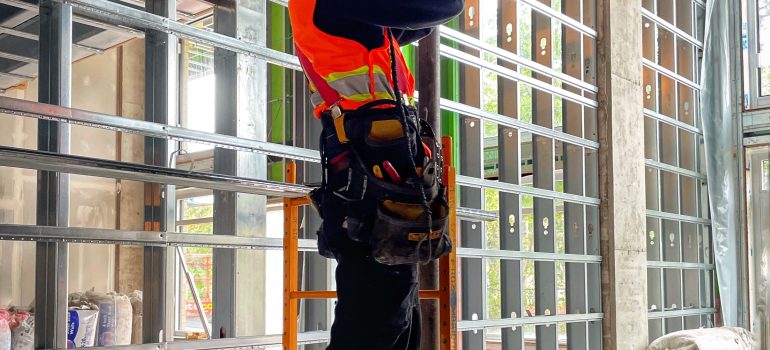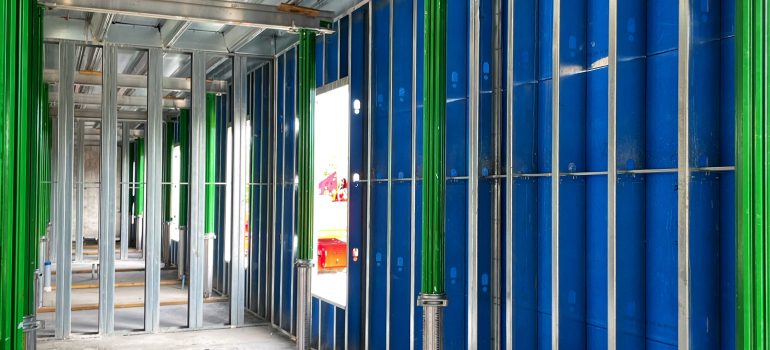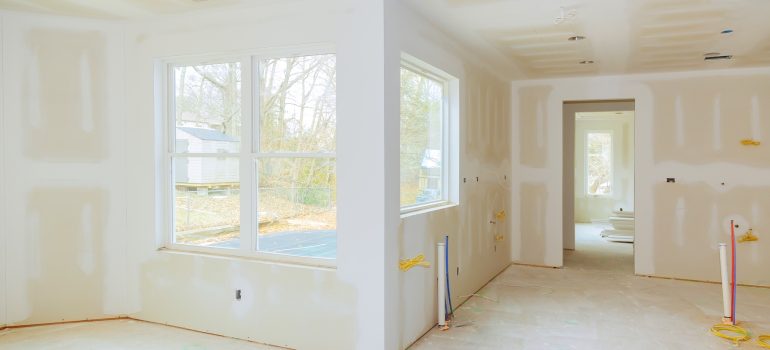5 Reasons Prefabricated Wall Panels are Revolutionizing Modern Construction
In recent years, the use of prefabricated wall panels has become increasingly popular in modern construction. These panels are manufactured off-site and then transported to the construction site for assembly. Prefab wall panels have a number of benefits that make them a game-changer in the construction industry. In this article, we will discuss 5 reasons why prefabricated wall panels are revolutionizing modern construction.
Speed and Efficiency
Prefabricated wall panels are manufactured off-site in a controlled environment. This allows for consistent quality and precision in the manufacturing process. Additionally, the use of prefabricated wall panels can speed up construction time significantly. Instead of waiting for each wall to be built on-site, prefabricated wall panels can be made in advance and quickly installed. This reduces the amount of time and resources needed for construction and allows for a faster project completion time.
Improved Quality Control
One of the main advantages of using prefabricated wall panels is the ability to control quality. In traditional construction, many factors such as weather, site conditions, and varying skill levels of workers can affect the quality of construction. With prefabricated wall panels, the manufacturing process takes place in a controlled environment, which reduces the risk of defects and inconsistencies. Additionally, the use of computer-aided design (CAD) and manufacturing (CAM) software allows for greater precision in the production of wall panels.
Environmental Benefits
Prefabricated wall panels have a number of environmental benefits. Firstly, the manufacturing process can be optimized to minimize waste and reduce energy consumption. Additionally, the use of prefabricated wall panels can result in a reduction of on-site waste, as the panels are made to exact specifications and minimize the need for cutting and trimming on site. Finally, prefabricated wall panels can be designed to be more energy-efficient, which can reduce energy consumption over the life of the building.
Cost Savings
Prefabricated wall panels can provide significant cost savings in a number of ways. First and foremost, the speed and efficiency of construction can reduce labor costs. Additionally, the improved quality control can result in fewer mistakes and the need for rework, which can also reduce costs. Finally, the environmental benefits of prefabricated wall panels can result in lower energy costs over the life of the building.
Versatility
Prefab wall panels can be designed to suit a wide range of building types and styles. They can be made in a variety of materials such as wood, steel, or concrete, and can be customized to fit any building design. Additionally, the use of prefab wall panels can provide greater flexibility in the construction process, allowing for easier modifications and alterations if needed.
Conclusion
In conclusion, the use of prefabricated wall panels is revolutionizing modern construction. The benefits of speed and efficiency, improved quality control, environmental benefits, cost savings, and versatility make prefabricated wall panels an attractive option for builders and developers. As the construction industry continues to evolve, it is likely that the use of prefabricated wall panels will become increasingly common. By adopting this innovative construction method, builders and developers can reduce costs, improve quality, and speed up the construction process, ultimately resulting in better buildings and more satisfied customers.
Overall, prefab wall panels are a game-changer in the construction industry, offering a range of benefits that traditional construction methods cannot match. With continued innovation and advancements in technology, it is clear that prefabricated wall panels will continue to be an important part of modern construction.
Contact RGZ Cambridge today for all your prefabricated wall panel needs: We are industry leaders in Commercial and Residential projects. Call us today: 613-695-5544 or reach us via this page.


